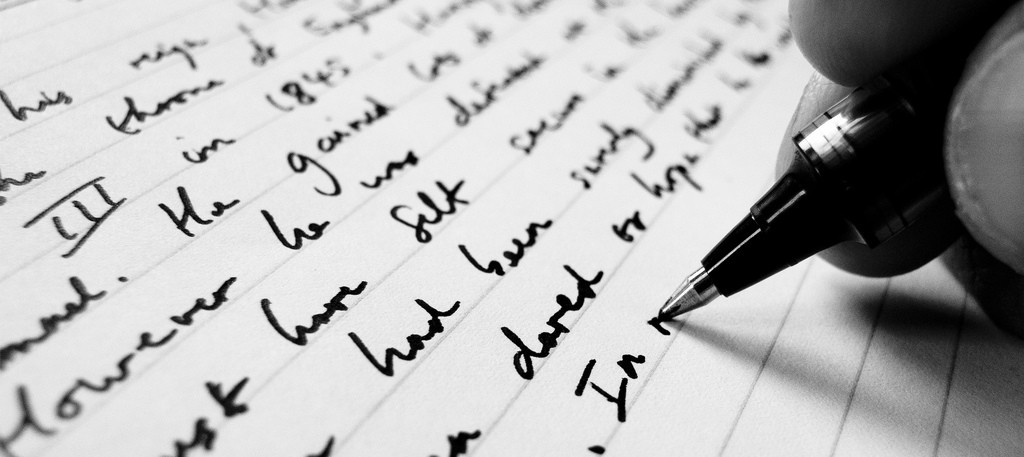Dan Coyle is a master of three realms in writing–nonfiction narrative, memoir, and analysis.
A contributing editor at Outside magazine, Coyle has tracked the long-running doping scandal in bicycle racing–with both an investigative work (Lance Armstrong’s War) and a ghosted narrative with Tyler Hamilton (The Secret Race), winner of the 2012 William Hill Sports Book of the Year Prize. Coyle has also written about the journey of a Little League team in the Chicago projects (Hardball).
 In recent years he has become an expert on expertise. His book The Talent Code uses case studies from around the world–Curacao, Brazil, Dallas, and more–to identify how people become experts in fields as diverse as baseball, soccer, classical music, and singing. Based on his expertise of talent development, Coyle serves as a consultant to the Cleveland Indians.
In recent years he has become an expert on expertise. His book The Talent Code uses case studies from around the world–Curacao, Brazil, Dallas, and more–to identify how people become experts in fields as diverse as baseball, soccer, classical music, and singing. Based on his expertise of talent development, Coyle serves as a consultant to the Cleveland Indians.
If that book focuses on the best ways for individuals to develop their talent, The Culture Code (released in January), shows how communities like the San Antonio Spurs and the Navy SEAL Team create the shared norms and practices that enable all to thrive.
Coyle and his family live in Cleveland during the school year and Alaska in the summer.
Charlie Euchner: How did you start as a writer? Who were some of your influences?
Daniel Coyle: This will sound unpoetic, but the truth is, it all started with Sports Illustrated. I grew up in Anchorage, Alaska, and I used to devour the magazine when it showed up each week in our mailbox. I was drawn by the glamor of sports, but it was the stories by Frank Deford, Gary Smith, and John Underwood that hooked me. Their ability to capture these events and these people on the page struck me as pure magic. A gateway drug, you might say.
From there it as on to the heavier stuff. The Right Stuff, by Tom Wolfe, took the top of my head off, particularly in the way he made you see the world in a completely new way. This seemed to me a kind of transformative superpower, and it still seems that way.
CE: Your two “code” books — The Talent Code and The Culture Code — investigate the process by which people master skills and build vibrant cultures. The Talent Code turns on the process of “deliberate practice,” which can be used to master the core skills of any activity. The Culture Code focuses on the habits and mindsets that foster open, supportive, and creative communities. Did these books cause you to work differently as a researcher and writer?
DC: Overall, I’d say that they helped me lose a self-consciousness that is part and parcel of being a young writer. For example: early on, I was absolutely allergic to appearing in my work. I sought to operate purely as a narrative camera, never injecting myself or my point of view into the story. But the more you understand the skill and the relationships at the heart of this profession, the more you realize that our job — our true skill — is to serve the reader, not to go into contortions for the sake of seeming smart. In other words, they helped me realize that this writing game is not all about me.
CE: I have noticed that great writing “yo-yos,” or moves back and forth, between scenes and summaries. You describe scenes to show us real flesh-and-blood people struggling with difficult challenges. Then you shift to background information, to give the reader context and to explain complex ideas. The scenes provide energy and intrigue; the summaries provide essential information to make sense of things. Your two “code” books are models of yo-yoing. How conscious are you about this? And what tips can you offer for the rest of us to do it better?
DC: That’s exactly how I think of it. You show the surface in the form of a scene, and then you show the inner workings, the principles, the web of deeper connections. In looking for a scene, you are essentially looking for a great mystery. Great mysteries have a set of qualities: they often good characters who want something. So you look for that — especially the wanting.
For the summary, you need to do a deeper dive — sometimes into history, sometimes into science — to illuminate the systems and connections beneath the story in a new way. The key there is not mystery, but surprise. A good summary section flips your world a little bit — and thus makes you see the original story in a new way.
CE: Twice you have written Lance Armstrong, the seven-time Tour de France champion who was sanctioned for doping in 2012 after years of denying it. Armstrong was suspected of doping — more than suspected, really — for many years. In your books Lance Armstrong’s War and The Secret Race (written with Armstrong’s onetime teammate Tyler Hamilton), you take many routes to the truth. You gather lots of facts, many related and many not related, and accumulate a detailed dossier. When you are dealing with such a secretive and combative subject, how do you discover the essential facts of the story?
DC: It’s interesting to see the two books as a combination. In the first book, because of legal reasons (basically, Armstrong threatening to sue) I had to work around those barriers, even though I had a strong sense that something was going on. In the second book, with Tyler, we could go fully into the secret world, and show everything. On my first journey into that world, I had a lot of off-the-record conversations that I couldn’t use in the book, but which contributed to my POV that this was a really dirty sport. Perhaps as a result, many readers read it and presumed that Armstrong was doping (even though, as was stipulated, nothing had ever been proven).
The second book was like a CIA project. At the time, the federal investigation was unfolding, and there were still threats to Tyler, both legal and otherwise. So Tyler and I went to elaborate lengths to conceal our meetings and conversations. But because of that, we were able to communicate freely and safely, and it led to the book’s unparalleled truthfulness.
CE: Can you identify two or three simple tricks that help you research, interview, or write better?
DC: Build yourself a system for taking and organizing notes. Being able to locate what you’ve written is massively important, especially in nonfiction. It doesn’t matter what the system is, but you should have one.
Interview your key subjects last. I recall someone telling me to interview like a shark: first you circle them for a long time, then you go in. That sounds a little carnivorous for my taste, but it’s true: by talking to everyone around them first, you will increase the leverage, impact, and awareness of each interaction you have with your key subjects.
Practice the craft of outlining. There are times when you should just start writing on a blank page — but there are far more times when it’s useful to spend time going through your material and organizing the story of it all.
End your day by stopping in the middle of a good sentence. That way it’s easier to pick up the following day.
Strive to write the headline/title/subtitle first and invest a lot of time until it’s exactly right. It’s a north star that will guide all your efforts.
Before you go . . .
• Like this content? For more posts on writing, visit the Elements of Writing Blog. Check out the posts on Storytelling, Writing Mechanics, Analysis, and Writers on Writing.
• For a monthly newsletter, chock full of hacks, interviews, and writing opportunities, sign up here.
• To transform writing in your organization, with in-person or online seminars, email us here for a free consultation.



